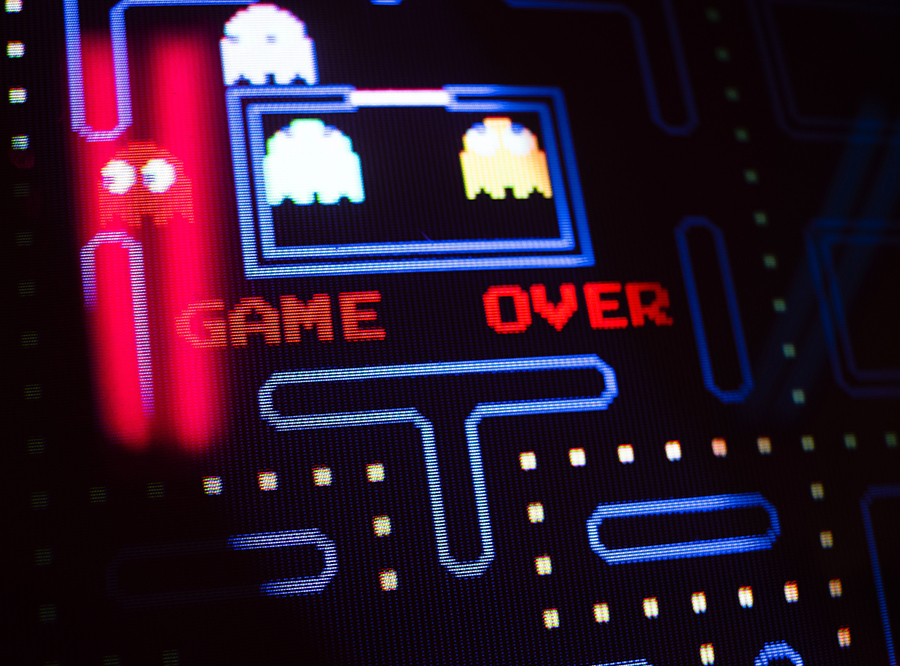Climate protection made fun
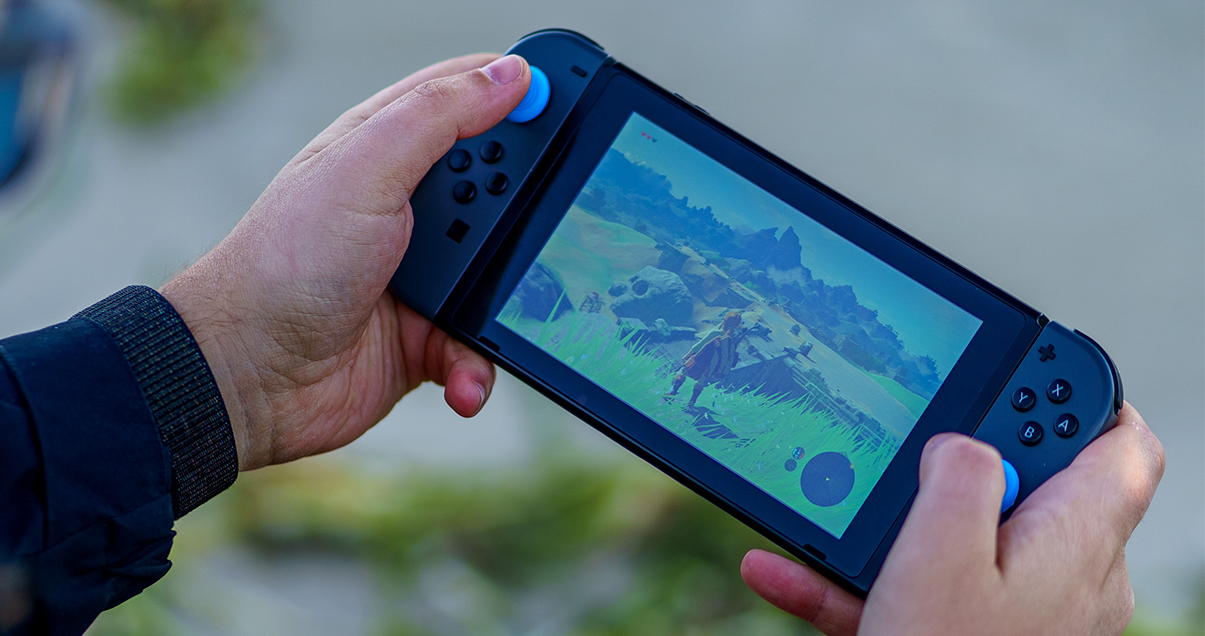
People love to play games. Video games have taken the world by storm. According to the Newzoo Global Games Market Report, over three billion people worldwide play games. But digital escapism leaves behind a huge carbon footprint. The industry is having a rethink.
When millions of people around the world started playing digital table tennis on their TV screens in 1972, nobody had any idea of what was to come. But the Atari classic PONG laid the foundation for a global multimedia industry that 50 years later would be generating more sales than the music and film industries combined – primarily through microtransactions in games and apps. Gaming has evolved immensely in the few decades since PONG and Pac-Man, collecting a lot of power-ups and making quantum leaps in terms of graphics, gameplay and immersion. The gaming industry is a global giant and as diverse as its gadgets. Gaming escapism knows almost no bounds – whether it’s on smartphones or handheld consoles on the go, via the classic rivals PlayStation and Xbox, on a high-end PC or even via virtual reality. Gaming is a mass phenomenon and an integral part of pop culture for billions of people worldwide.
An incalculable footprint
But there is another side to this: escaping reality has its price, because gaming causes CO2. It is almost impossible to determine a global footprint because too many different factors play into the equation. Is the gaming taking place on a smartphone or on a PC? Alone and comfortable on the couch or together in a team over the Internet? On a game disk or via download? The electricity mix also plays a role and makes it clear that calculating the carbon footprint is too complex. In any case, it is clear that the industry and gaming itself must become more environmentally friendly so that the climate does not fall by the wayside during all the gaming fun.
Playing for the planet
The “Big 3” – Nintendo, Sony and Microsoft – are primarily responsible for this. Like Nintendo, Sony intends to become climate-neutral by 2050. Microsoft wants to be ready by 2030, with the intention of being water positive and switching its operations completely to photovoltaics and wind power by 2025. The three gaming giants signed the voluntary efficient gaming commitment to make game consoles as energy-efficient as possible. For example, Microsoft has “improved the energy-saving mode of the Xbox Series S and Series X with an update in 2021, which consumes around 20 times less power than standby mode,” said Dave McCarthy, Corporate Vice President of Xbox Operations. A comparatively small step, but one that can make a big difference overall.
On the other hand, Microsoft and Sony are part of the Playing for the Planet Alliance. This legally binding environmental agenda between 44 members of the gaming industry and the United Nations was created in 2019 as part of the New York Climate Summit. “In joining the Alliance, gaming studios have made specific and measurable commitments,” the website states. The focus is on working together, not against each other. The plan is to gradually reduce CO2, invest in climate protection, photovoltaics and wind power and raise the gaming community’s environmental awareness, such as with regular climate events in the respective games.
Gaming on the cloud
Ambitious plans and the path to some sort of green gaming seem clear: to go more digital and switch to renewable energies. This means moving away from physical data carriers and towards digital data – i.e., fewer game disks and consoles and more downloads and streaming instead. Providers such as Google, Amazon, Sony and Microsoft are using cloud gaming to enable gamers to play their favorite games without the need for state-of-the-art hardware.
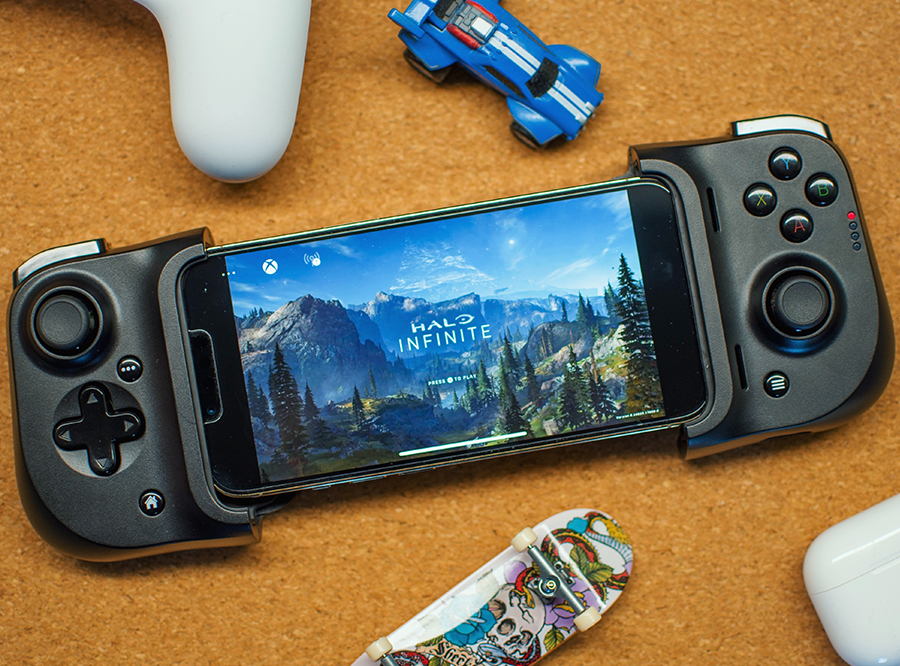
This is precisely the key feature of the cloud: every conceivable game can be easily streamed on a smartphone, tablet or TV. It is not the gaming device that provides the computing power, but the online cloud, an armada of server centers. In the future, more and more emissions will be eliminated for hardware production, but more green energy will also be needed for streaming. “By 2025, our cloud data centers will be fully powered by renewable energy, and cloud gaming will benefit accordingly,” said Dave McCarthy from Xbox, describing the cloud strategy.
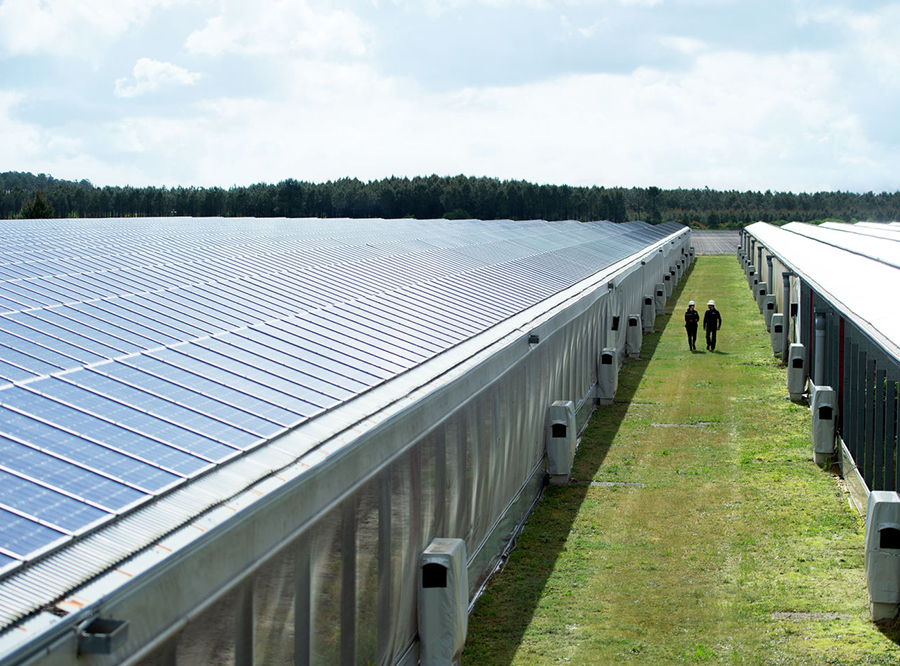
Many data centers of other cloud providers already run on green electricity or are cooled particularly creatively using arctic air or seawater, depending on the location. Microsoft has been working on underwater data centers for years, which are intended to provide additional cloud power in the sea near metropolitan areas. Iceland is considered the home of the green cloud, as the servers there are climate-neutral thanks to geothermal energy and hydropower. Google is investing €1 billion in photovoltaic systems and energy-efficient data centers for its cloud offer in Germany alone in order to be emission-free by 2030. Local energy partner ENGIE intends to contribute more than 140 megawatts (MW) of solar and wind energy to this thanks to a new photovoltaic system with a capacity of 39 megawatts and 22 wind farms in Brandenburg, Hesse, Mecklenburg-Western Pomerania, Lower Saxony and Schleswig-Holstein.
Step by step to the next level
There is still a long way to go until gaming is emission-free, but in many cases, the first steps toward this goal have already been taken. What the big players want to achieve by 2030 or even 2050, small software studios and publishers are already focusing on. Developers such as Supergiant Games (“Hades”), Amanita Design (“Ori and the Blind Forest”), Thatgamecompany (“Journey”), the world-famous animation studio Studio Ghibli and publishers such as Devolver Digital want to be climate-neutral by 2025. The changes start with small things such as saving paper and extend to long-term electricity contracts with regional solar farm operators in order to make production, operation and distribution environmentally friendly. Polish game manufacturer Acid Wizard Studio (“Darkwood”) already uses only renewable energy in its offices and recycled materials for its game packaging. The German development studio Gentlymad Studios is also offering “Endzone – A World Apart” in a “Save the World Edition,” in which a tree is planted in cooperation with One Tree Planted – a green offer for the community. Hardware manufacturers, such as Logitech and Razer, are also thinking outside the box and have already started using recycled materials for their gaming mice and keyboards. Logitech is going one step further and wants to switch to recycled materials for all products from 2024. To this end, they develop their own recycling processes for plastic granules and promote the global recycling of their used products.
These and many other examples show that the green game is officially on, and that everyone can be winners in the end. Ultimately, these smaller initiatives serve as a model for the large providers Nintendo, Sony and Microsoft to make their digital pixels even faster and greener.
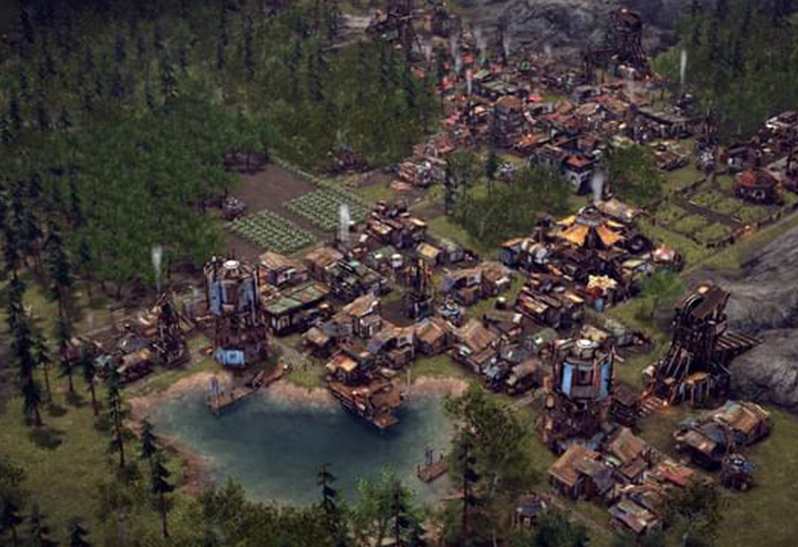 GOG.com
GOG.com

